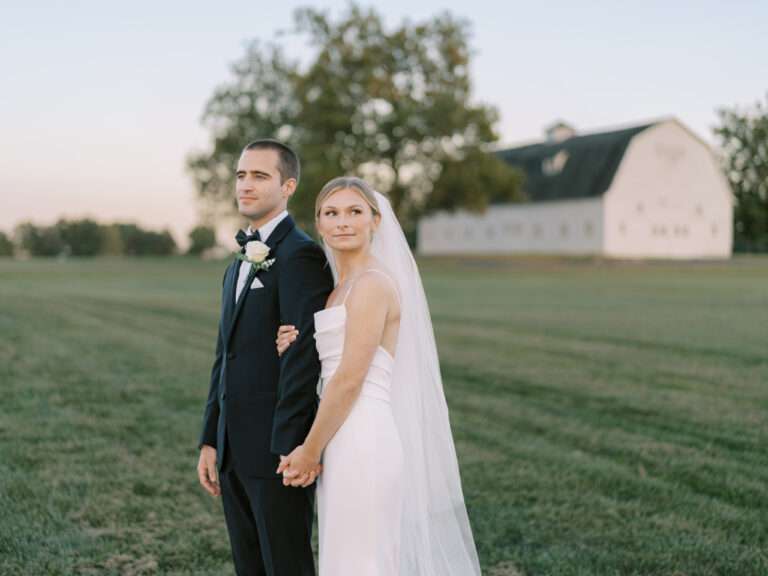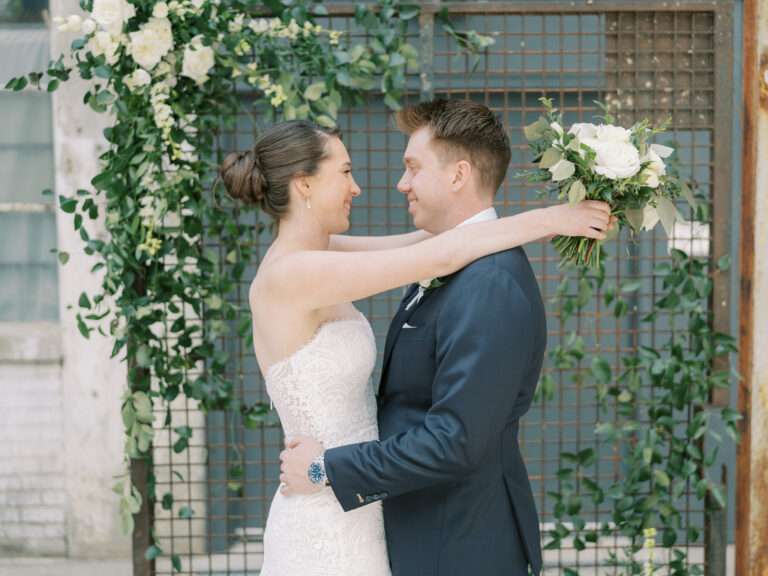Darby House Wedding In Spectacular Mid-Century Modern Style
Highlights from a Darby House wedding in timeless mid-century modern style amidst a lush valley countryside.

Highlights from a Darby House wedding in timeless mid-century modern style amidst a lush valley countryside.

An unexpected day-into-night engagement session in downtown Columbus with Ana & Stephen.

A beautiful spring wedding at The Country Club in Pepper Pike, Ohio filled with pale blue and white florals.

Classic & intimate downtown Columbus engagement photos at Capitol Square and McFerson Commons park with Roseil & Mohammed

Bright and colorful meets a rustic-modern vibe with touches of green and white in this early spring wedding at Strongwater Events.